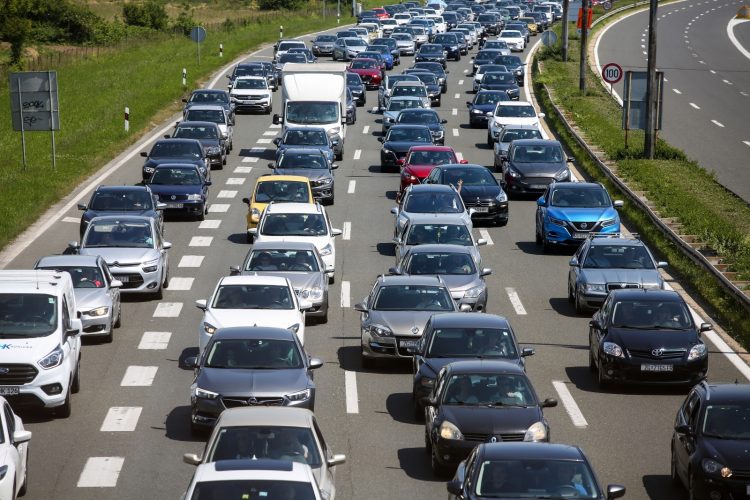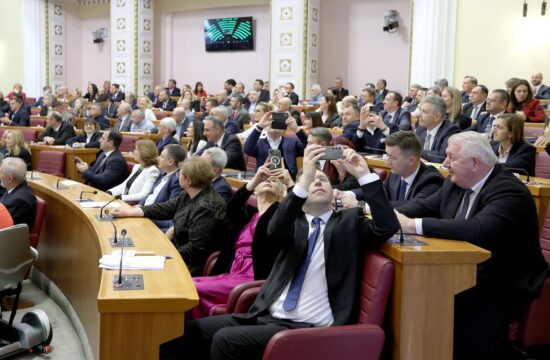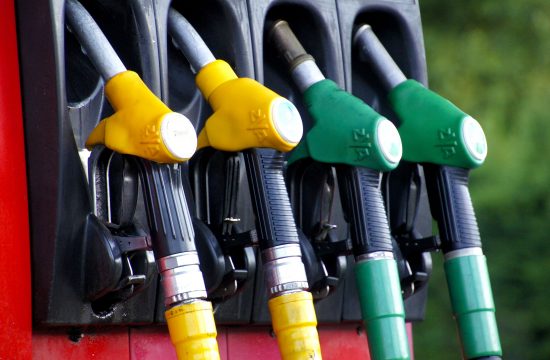
The head of consular affairs at Slovenia's foreign ministry Andrej Ster warned on Monday that many Slovenian tourists who were vacationing in Croatia, were caught unawares by the government's decision on Saturday to put a good portion of Croatia in the COVID orange zone.
“Last weekend, quite a lot of Slovenians were on the Croatian coast,” Ster told Slovenian Television on Monday, adding that they had trouble returning to the country.
He warned that decisions regarding risks of the COVID contagion in countries should become effective a few days after their announcement, and not immediately as was done this weekend, so that people can be prepared.
According to the Slovenian government’s latest decision, which entered into force on Saturday, three Croatian statistical regions – Adriatic, the City of Zagreb, and northern Croatia – were declared orange, and therefore less safe, with regard to COVID-19.
As a result, Slovenian tourists were required to present a negative test against coronavirus, a certificate of vaccination, or confirmation of having recovered from COVID, on their return to Slovenia.
The government’s decision probably hampered the work of border police, who were faced with disgruntled tourists returning from their vacations, said Ster.
Slovenia’s green list includes Austria, Bulgaria, Czech Republic, Pannonian Croatia, Bosnia and Herzegovina, Serbia, Finland, and a good portion of France and Kosovo as COVID safe countries.
Only 19 new cases in Slovenia on Monday
In the past 24 hours, Slovenia has registered only 19 new coronavirus cases with a 2.4 percent rate of positive cases among those tested. The seven-day daily average is 75, the health ministry said on Monday.
There are still 105 hospitalised COVID patients.
A total of 794,068 people or 46 percent of the adult population have received the first vaccine dose and 594,092 or 34.4 percent of the adult population have received both shots.




Kakvo je tvoje mišljenje o ovome?
Budi prvi koji će ostaviti komentar!